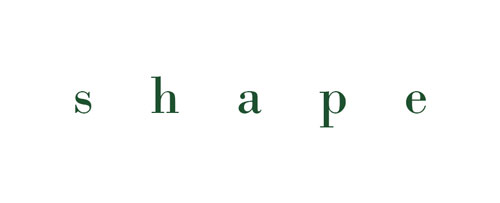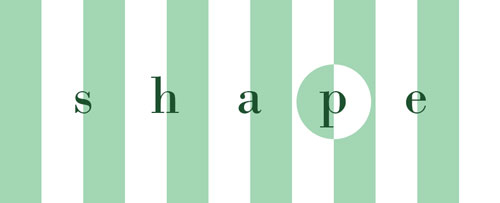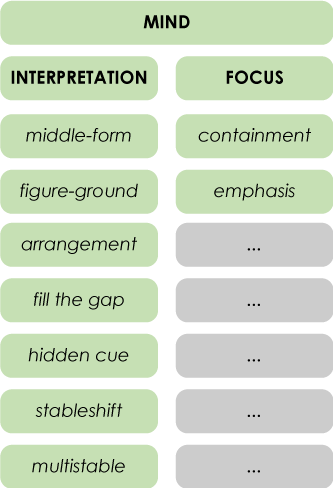 Multistable ambigrams
Multistable ambigrams 
My dear friend, can you guess what they are, just by their name?
Well… they still seem like stableshifts to me, but with multiple potential stable positions, maybe?
You’re close. Actually, you’re too close. I want to test you one more time right now. Here’s just a typographic piece, not an ambigram.
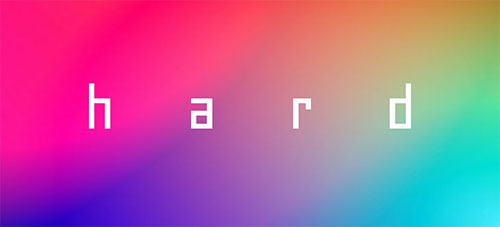
What do you read? And, just for the sake of asking, is this an ambigram for any reason?
Well, it obviously reads ‘hard’. And no, that’s not an ambigram.
So… how do you imagine I’m going to turn it into an ambigram? A multistable ambigram, specifically?
Hmmm… keeping in mind the shape-shade example above… you’re going to rotate ‘d’, so it reads as a ‘p’? Harp?
Like this?
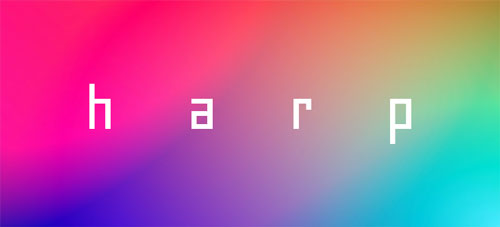
Well, it’s just ‘harp’ now. That’s not any different from what we had before. That’s still not an ambigram. Hm… how would you do it?
You are close to finding it my friend. I’m going to help you.
We must somehow show these four letters, h-a-r-d, in a way that the viewer understands that the ‘d’ is upside down. The background is our friend in this case. Here’s how you can create a multistable ambigram in this case.
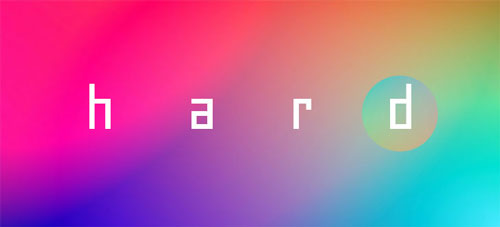
Oh, I get it. Reading just the white letters, it’s obviously ‘hard’. But with a second glance, this circle behind the ‘d’ seems rotated, just like you cut it and placed it back upside down. So, it’s ‘harp’ as well.
Right. But we could do something else too. Here’s ‘herd’
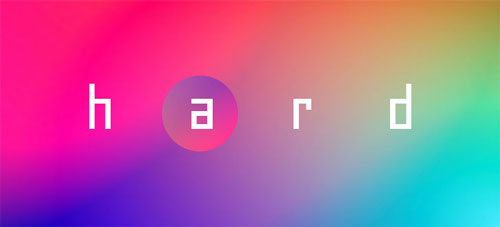
Oh… I see…
Do you realize my friend? Multistable ambigrams have many stable positions for their glyphs. It’s up to the artist to decide what the second reading will be.
So, just to make sure I get it, you’re saying multistable ambigrams have many stable positions for their glyphs. Why aren’t they stableshifts with multiple solutions?
That’s an excellent question. And here’s why. What do you read here?
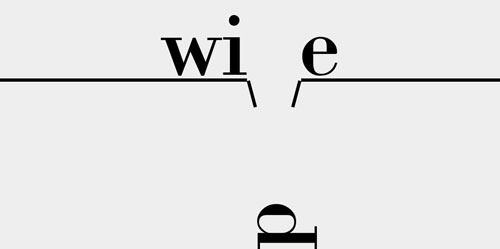
I read ‘wipe’ and ‘wide’.
Exactly. This piece shows an unstable version of ‘p’ (or ‘d’, it’s the same). Yet, you don’t read this as Ω or something similar. This glyph, exactly as shown, it does not resemble any other letter. Whereas in this piece…
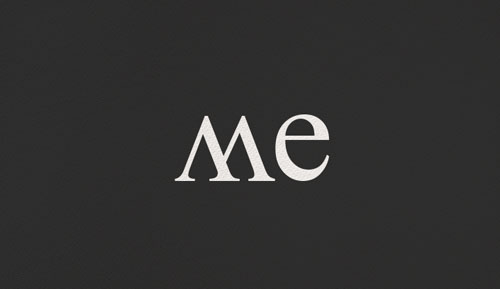
… the upside down ‘w’ resembles an ‘m’. That’s why you can also read ‘me’. In stableshift ambigrams, the unstable position of a letter resembles another letter, hence the second reading. If it didn’t resemble anything, you’d say that it’s ‘we’ with an upside down ‘w’. But going back to this piece…

… this glyph resembles nothing. Taking into account the other letters on top (w,i and e), you understand that this is either a ‘p’ or a ‘d’ that has dropped below its baseline. So, you end up reading ‘wipe’ and ‘wide’, but not ‘wiΩe’.
I think I got it. But can you sum up stableshifts and mutlistable ambigrams again?
Stableshifts rely on showing unstable versions of letters. Multistables don’t.
Stableshifts’ unstable letters resemble other letters. Multistables’ don’t.
Stableshifts have only one stable position for glyphs. Multistables have many.
Alright. But I have another question right now… Why didn’t you call them bi-stable or something like that?
Wow! You’re literally inside my mind! I was going to name this type bi-stable, but then I realised you can design pieces that have more than two stable versions of their letters. Here’s a piece for you.
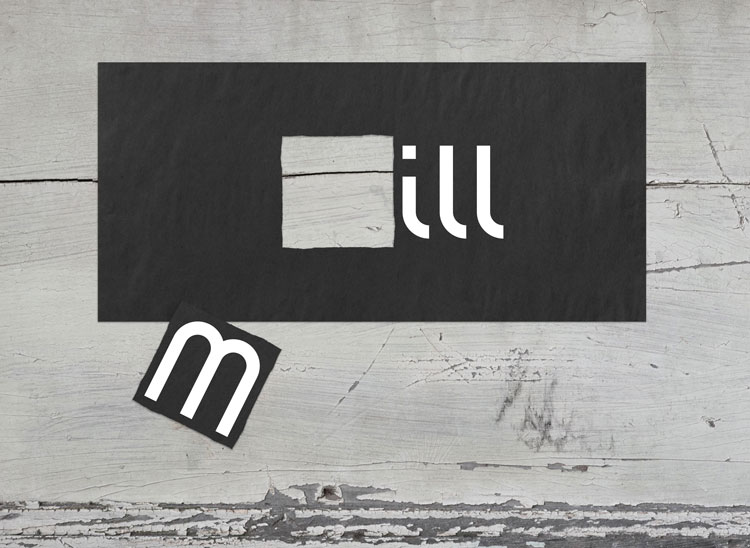
It’s Bill. Will… Mill!
Hooray!
Yeah!
Multiple stable positions, my friend. That’s what we’re talking about! Now, let’s see the mind map again.

